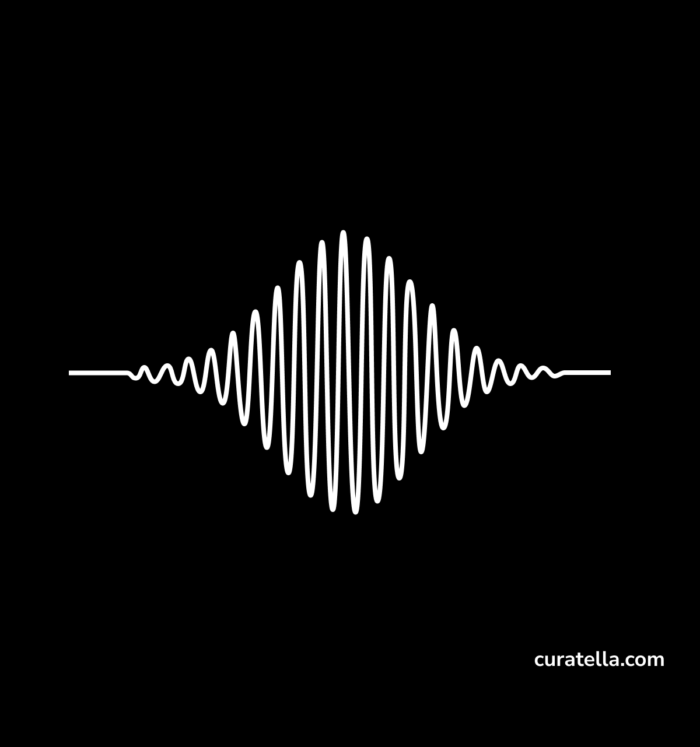Once you have created your 100 ideas to write about and then listed your 12 favorite problems, you should look for coherence between the two.
I realized that after having dedicated some thinking time to my favorite problems. When I came back to the regular ideation workflow, it became obvious to ask myself: are my ideas coherent with the issues I am dedicating my attention to?
Clustering would be helpful to see if you can organize ideas in groups. By mapping each cluster to one or more favorite problems, there should be, ideally, a 1-to-1 correspondence.
It’s going to be challenging to have the outcomes of two different activities in two other moments to match perfectly. And this is an excellent creative opportunity. Can you feel the creative tension appearing between those two extremes?
That is a productive occasion to create a feedback loop, a small creative system where ideas, concepts, and problems can become interdependent.
Here are some creative prompts to apply to your Ideas and Problems Creative System:
- Did you establish a ritual revision of Ideas and Problems?
- After having written your 100 ideas, how did you feel about writing your 12 Problems?
- After the structured process of writing your 12 Problems, how did you consider your previously created 100 ideas list?
- If there are gaps between the two sets: what are they? What can you infer from the missing links?
- If you found inconsistencies, reflect upon them. How are those different positions creatively influencing you?
This self- and meta-reflection should be done periodically, especially when you move from free-flowing writing or journaling towards more structured and interconnected thinking.
Isn’t that a natural way to evolve towards a more systematic management of your knowledge?

Leave a Reply